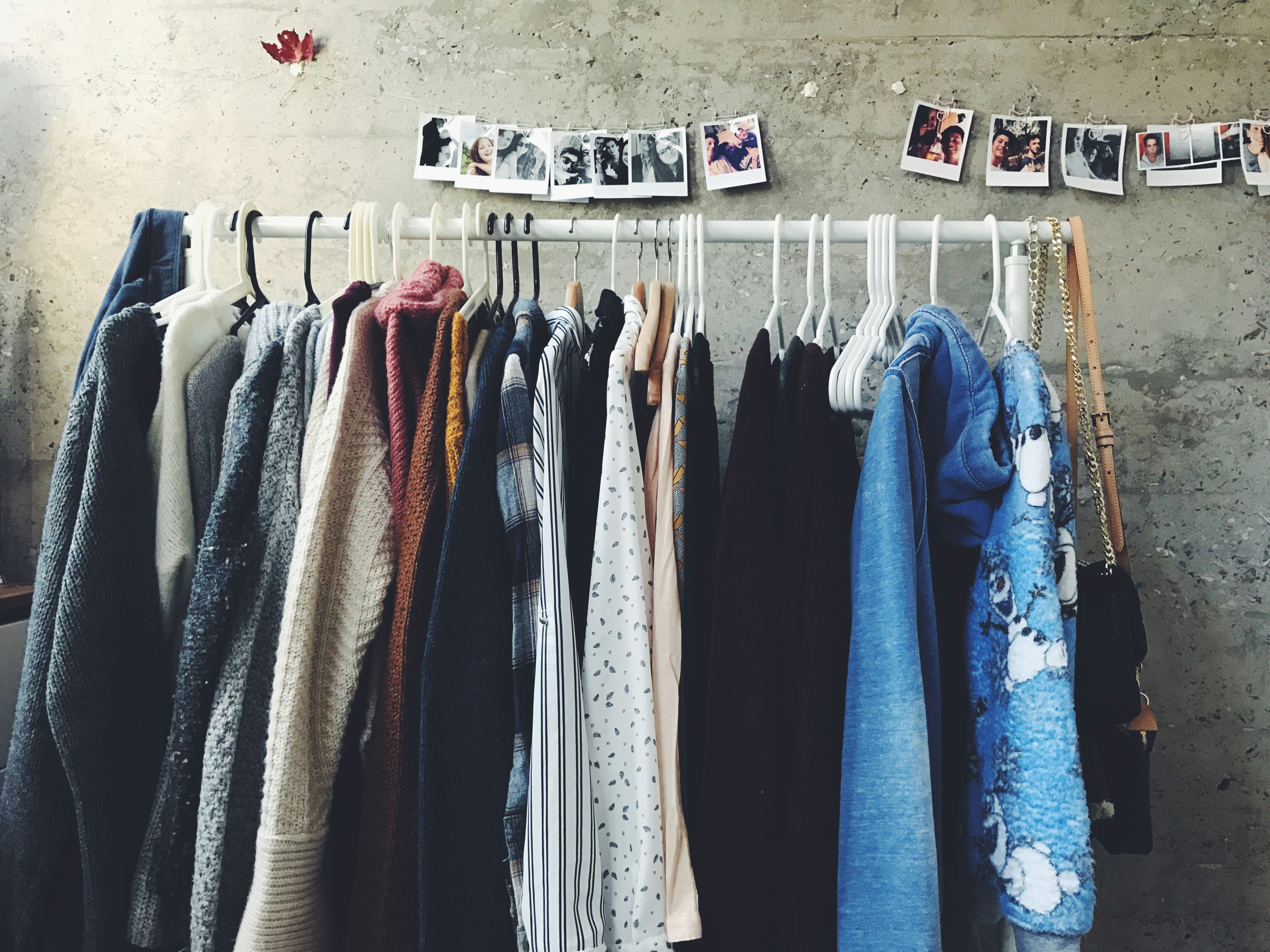The Emergence of Dopamine Dressing: Fashion's Mood-Boosting Trend
In a world where self-expression through fashion has become more important than ever, a new trend is taking the style scene by storm. Dopamine dressing, the art of wearing clothes that make you feel good, is revolutionizing the way we approach our wardrobes. This vibrant movement encourages individuals to embrace colors, patterns, and styles that spark joy and elevate their mood, transforming the act of getting dressed into a form of self-care.

Color Psychology in Fashion
At the heart of dopamine dressing lies the strategic use of color. Different hues have been found to evoke specific emotions and psychological responses. For instance, warm tones like red and orange can increase energy and excitement, while cool blues and greens promote calm and focus. Yellow, often associated with happiness and optimism, has become a go-to shade for those looking to boost their mood through fashion. By understanding color psychology, individuals can curate a wardrobe that serves as a personal mood-enhancing toolkit.
Texture and Comfort: The Tactile Dimension
While color plays a crucial role, the tactile experience of clothing is equally important in dopamine dressing. Soft, luxurious fabrics like cashmere, silk, and high-quality cotton can provide a sense of comfort and indulgence that elevates one’s mood. The trend has seen a rise in popularity of textured materials such as fuzzy knits, plush velvets, and supple leathers, all chosen for their ability to provide a sensory experience that goes beyond visual appeal.
Personalization and Self-Expression
One of the most empowering aspects of dopamine dressing is its emphasis on personal style over fleeting trends. This approach encourages individuals to identify and embrace the styles, cuts, and patterns that make them feel most authentic and confident. Whether it’s a bold print that brings a smile to your face or a particular silhouette that makes you feel unstoppable, dopamine dressing is about curating a wardrobe that serves as a reflection of your unique personality and preferences.
The Impact on Fashion Industry and Consumer Behavior
The rise of dopamine dressing has had a significant impact on the fashion industry, influencing everything from design to marketing strategies. Retailers are increasingly focusing on the emotional appeal of their products, highlighting how certain pieces can make customers feel rather than just how they look. This shift has led to more diverse and inclusive collections, catering to a wide range of personal styles and preferences.
Incorporating Dopamine Dressing into Your Wardrobe
Embracing the dopamine dressing trend doesn’t necessarily mean overhauling your entire wardrobe. It’s about making mindful choices that align with your personal style and emotional needs. Here are some practical ways to incorporate this mood-boosting approach into your daily life:
Elevate Your Mood Through Fashion
-
Start small by incorporating mood-boosting accessories like a vibrant scarf or statement jewelry
-
Experiment with color combinations that make you feel energized and confident
-
Pay attention to how different fabrics and textures make you feel, and prioritize those that bring comfort and joy
-
Create outfit formulas that consistently make you feel good, and keep them on rotation for busy days
-
Don’t be afraid to mix patterns and prints if they bring a smile to your face
-
Invest in high-quality basics in colors and cuts that make you feel your best
-
Use layering to create outfits that can adapt to your mood throughout the day
-
Consider the psychological impact of different colors when choosing outfits for specific occasions or tasks
As we continue to navigate an ever-changing world, the concept of dopamine dressing offers a powerful tool for self-expression and emotional well-being. By consciously choosing clothes that make us feel good, we can harness the power of fashion to elevate our mood, boost our confidence, and approach each day with a more positive outlook. As this trend evolves, it’s clear that the future of fashion lies not just in how we look, but in how our clothes make us feel.





